Spotlight: Beth Yarnelle Edwards Stops Time in the Suburbs
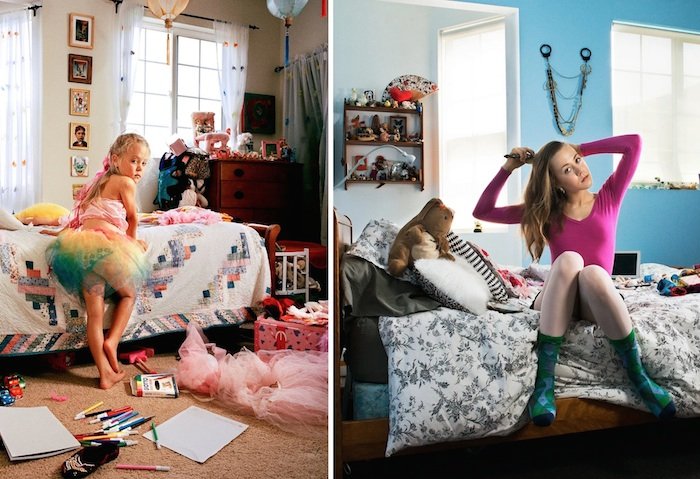
|
|
|
But perhaps at a different pace in the suburbs.
In 1997, Beth Yarnelle Edwards picked up a camera and began photographing friends and friends of friends in San Carlos, CA, a Bay Area suburb, documenting their everyday lives.
“I have been interested in how people live in their homes since the time I lived in Mexico when I was 19 and 20. That was when I first understood that to thrive in a culture, one must be culturally fluent as well as able to speak the language,” she said in a recent interview with PPD.
Originally from a coal-mining town in Pennsylvania, Edwards grew up in Los Angeles and studied psychology at UCLA. Her travels in Mexico, she says, led her get a masters degree in Teaching English as a Second Language. Having relocated to the Bay Area, she taught on and off for seven years, then took time off to be at home with her son. “It was during that period that she realized her fascination with how people live,” noted Aline Smithson at the LensScratch blog in 2011.
“At one point I decided to write articles about contemporary culture and believed being able to make photos would help me sell my writing. Well you guessed it, as soon as I got hold of that camera, I realized I was a visual person, not a verbal one,” Edwards told PPD.
She then decided to get an MFA in photography, focusing her work on the suburban environment in which she was living — an environment she considered culturally stifling. “I felt bored and isolated, but I realized most of the people I knew loved that environment,” she says. “I started collaborating with willing subjects to make photographs in their homes that would function like genre paintings, depicting some aspect of ordinary and daily life. Very soon my models were sending me on to others who wanted to be in one of my photos.”
In 2011 Edwards published her first monograph, Suburban Dreams (Kehrer Verlag), a look at suburban life in the U.S. and Europe. Then in 2016 she revived her project with a twist, returning to rephotograph many of her original subjects.
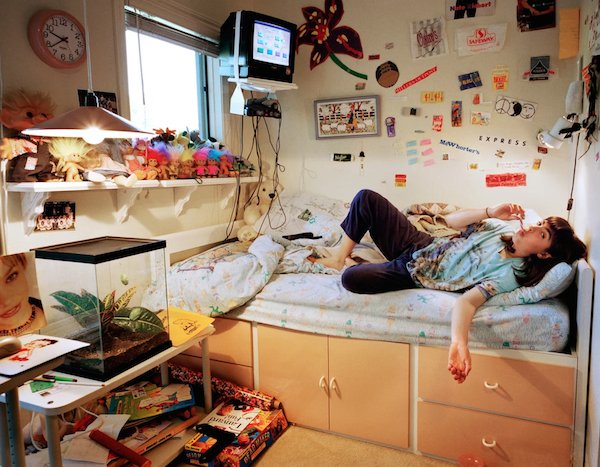 Erin in
1997
Erin in
1997
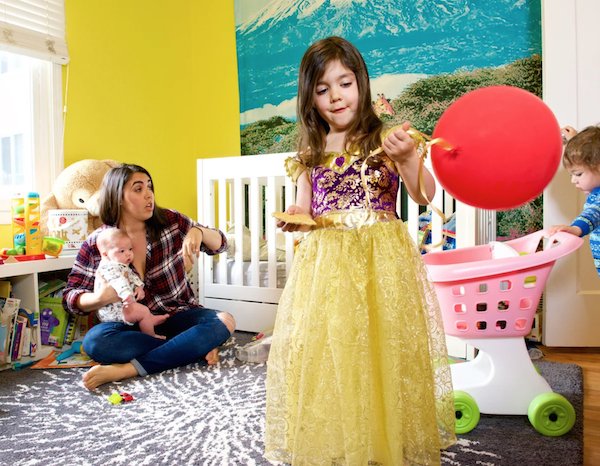 Erin in 2017
Erin in 2017
“Since creating the original work, she divorced her husband and moved into San Francisco before getting remarried in 2014 and moving back to the suburbs,” noted Time recently. “During that period, the housing market in Silicon Valley boomed, and many of her original subjects had become property rich or priced out of the area.”
Edwards says she was surprised by how little about the lives of her subjects had changed over the years. “This population is kind of blessed,” she told Time. “This isn’t how the larger population lives.”
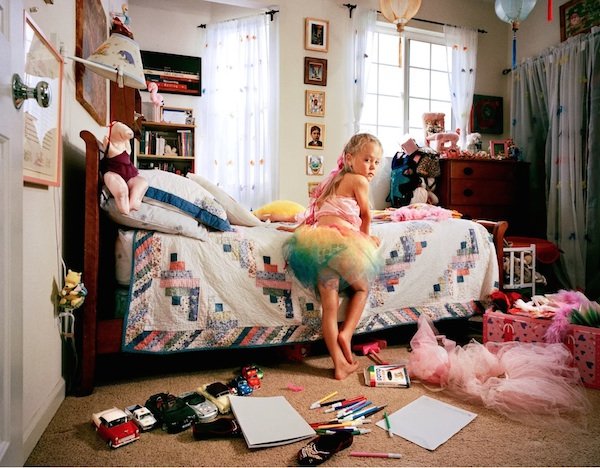 Lilah in 2004
Lilah in 2004
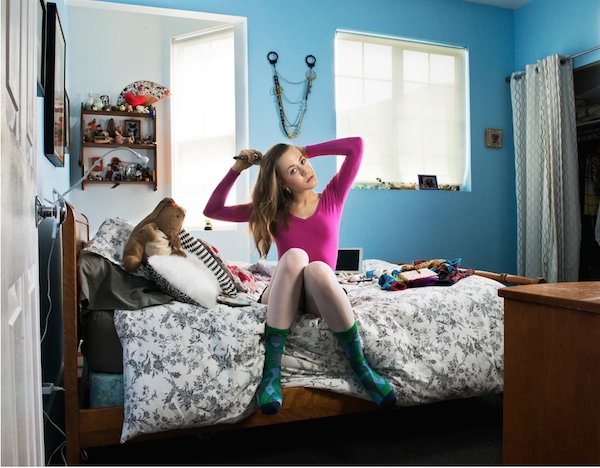
Lilah in 2016
Edwards had also interviewed the people she photographed. “Our lives really revolve around food and eating,” noted one of her subjects, Erin. “The kids and Joe and I love to eat, and we are all good at it. The weekend is about farmer’s markets and Costco, and then barbecuing or cooking big dinners or eating at our favorite Chinese or Vietnamese places. And music.”
“I still love clothes and fashion. I also love cooking,” said another, Lilah. “I still spend lots of time at my mom’s art gallery, but now I work for her on the weekends. I also still spend almost every weekend with my grandparents, cooking, swimming, and reading. Life is crazy and busy and overwhelming, but also exciting.”
The takeaway? Edwards says she still wants out of the ’burbs, though she gained “a new respect for why people enjoyed living in suburbia.”
“I also realized there were a lot of thoughtful, intelligent, progressive people living in SF Bay Area suburbs. I became angry about art world stereotypes,” she told PPD. “How can anyone put so many people, probably the majority of Americans, into the same box? Suburbs vary just like cities and can be as diverse.”
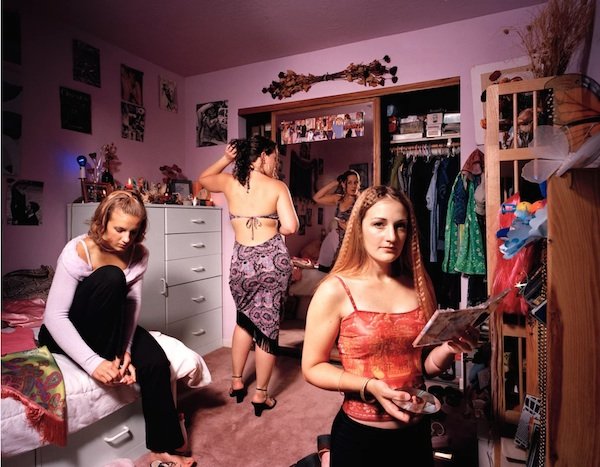 Niki, Rita, and Lucia in 2000
Niki, Rita, and Lucia in 2000
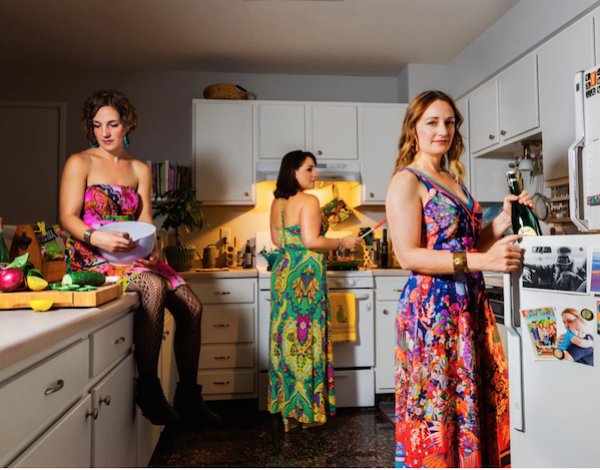 Niki, Rita, and
Lucia in 2017
Niki, Rita, and
Lucia in 2017
When she began her work, back in the analog dark ages, Edwards was shooting with a Mamiya 7 and Kodak Portra VC film. “Later I used a digital camera, beginning with a Canon 5D and now with a Nikon D800E,” she says. “Although I sometimes use natural light, I usually light my photos with continuous light sources. When I began I used Smith-Victor lights. Now I'm using LEDs.”
The biggest creative challenge of photographing people in their homes are the spaces themselves, she says. “Some spaces just don't work for me,” she told PPD. “Perhaps I can't get far enough back with the camera to create the kind of scene or portrait that I do, or the space isn't interesting in terms of there being objects and decoration that tell part of the story. I also feel pressure to not take too much of people's time.”
For now Edwards is continuing to rephotograph her original suburban subjects. “I don't have enough now-and-then photos yet to make a book,” she says. “Going back to rephotograph people after twenty years hasn't been easy. Many have died or moved out of the area. Others are willing but have other problems. I plan to return to the people you see in this article in another ten years, and I will be rephotographing others as I locate them.”


